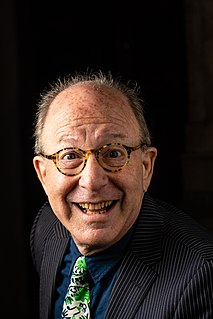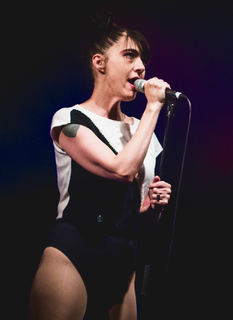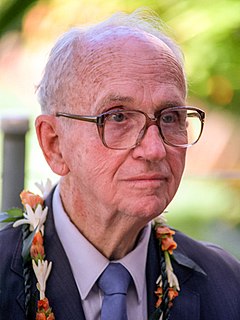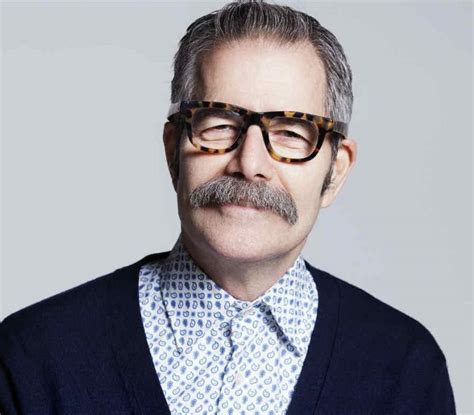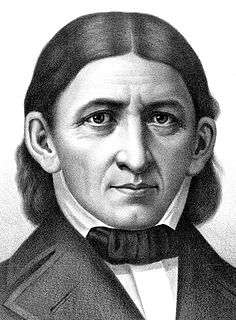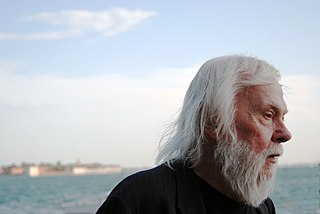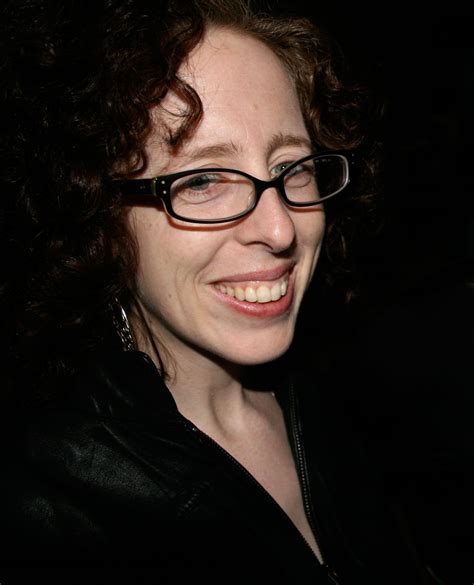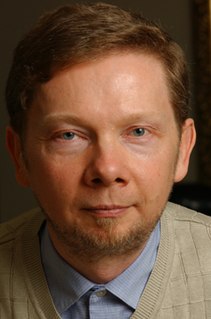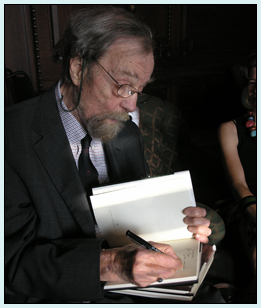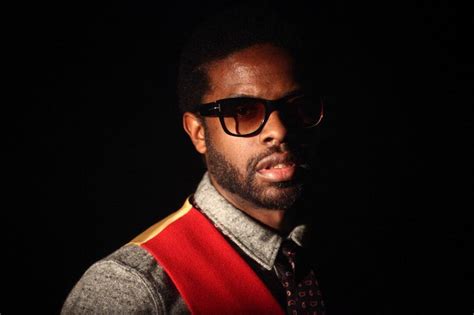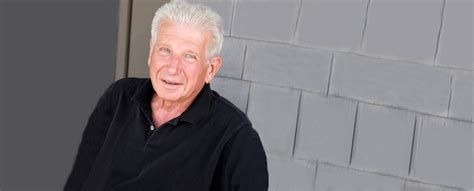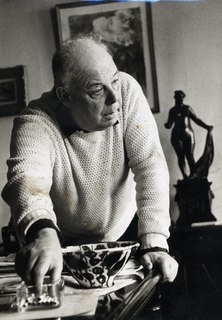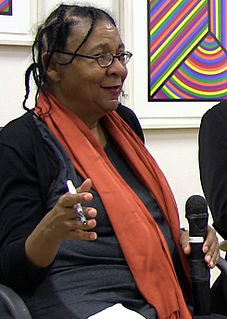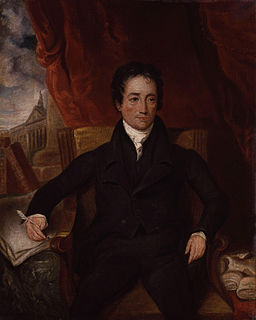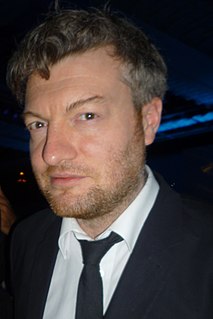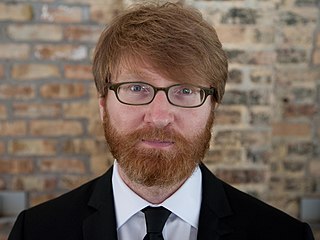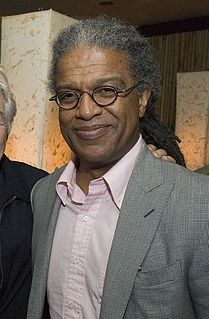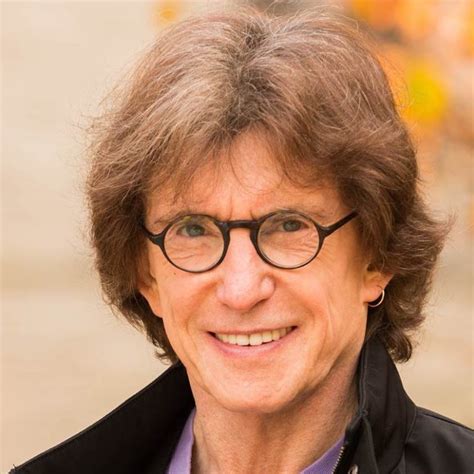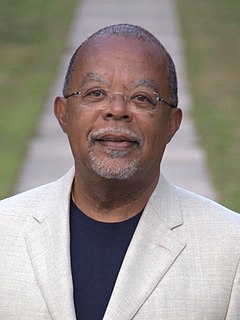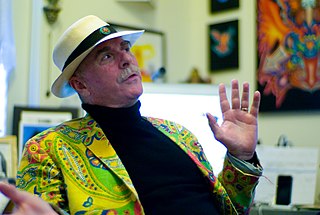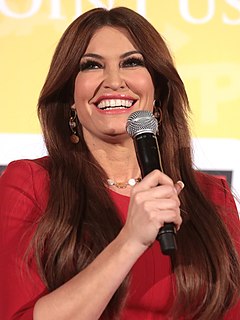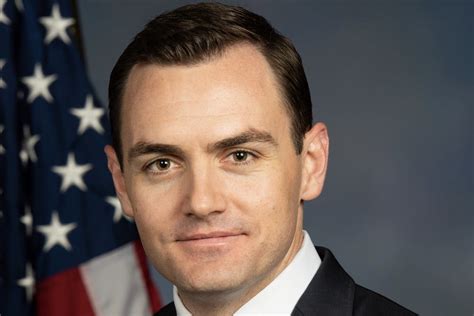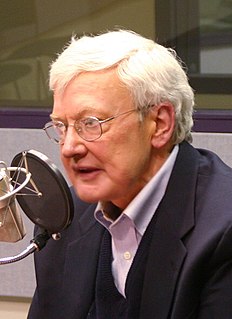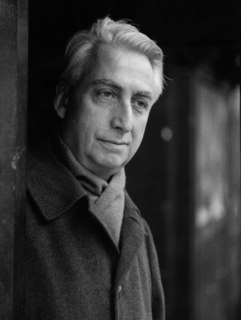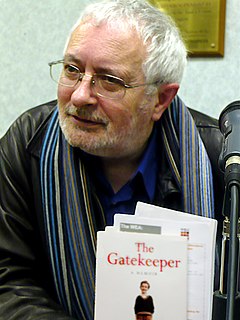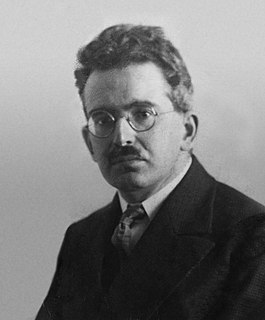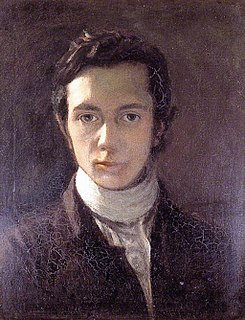A Quote by Jerry Saltz
I also take pleasure in the so-called negative power in Grotjahn's work. That is, I love his paintings for what they are not. Unlike much art of the past decade, Grotjahn isn't simply working from a prescribed checklist of academically acceptable, curator-approved 'isms' and twists.
Related Quotes
The only thing I collect is art. I collect it because I like looking at it. A lot of it is really personal stuff that my friends have made, paintings that my husband's mother made, and things that I bought. I buy abstract art on eBay, and I buy some outsider art on eBay, or what is called folk art, I buy a lot of. I have a lot of professional art work as well as more stuff my friends' kids make. To have a wall of art to look at, I feel really surrounded by love, because so much of the work is related to my friendships.
The master in the art of living makes little distinction between his work and his play, his labor and his leisure, his mind and his body, his information and his recreation, his love and his religion. He hardly knows which is which. He simply pursues his vision of excellence at whatever he does, leaving others to decide whether he is working or playing. To him he's always doing both.
Sometimes we forget that if we do not encourage new work now, we will lose all touch with the work of the past we claim to love. If art is not living in a continuous present, it is living in a museum, only those working now can complete the circuit between the past, present and future energies we call art.
art is the most general condition of the Past in the present. ... Perhaps no work of art is art. It can only become art, when it is part of the past. In this normative sense, a 'contemporary' work of art would be a contradiction - except so far as we can, in the present, assimilate the present to the past.
The mind grows by self revelation. In play the child ascertains what he can do, discovers his possibilities of will and thought by exerting his power spontaneously. In work he follows a task prescribed for him by another, and doesn't reveal his own proclivities and inclinations; but another's. In play he reveals his own original power.
The idea was to take fine art and put it into the location of the movie scripts. The script itself is collage - some of the lines come from actual movies and I've written others to make the text work with the found image. In this way, the details of old dead guys' paintings (from the collection of the Städel Museum in Frankfurt, where this work will be exhibited in relation to the historical paintings) become illustrations of the movie scripts. I found this mélange of high art and Hollywood amusing.
The issue is Kinkade's ideology, and particularly his nostalgia; his paintings endlessly trumpet a nonexistent past when times were simpler and morality more pure. There's nothing wrong with this, but it stands at odds with a contemporary art world that looks to the future for inspiration. We value complexity and innovation, and distrust saccharine pictures of the past.
For many years I had been deeply identified with thinking and the painful, heavy emotions that had accumulated inside. My thought activity was mostly negative, and my sense of identity was also mostly negative, although I tried hard to prove to myself and to the world that I was good enough by working very hard academically. But even after I had achieved academic success, I was happy for two weeks or three and then the depression and anxiety came back.
My art in the last period has all been in small format, but my paintings have become even deeper and more spiritual, speaking truly through colour. Feeling that because of my illness I would not be able to paint very much longer, I worked like a man obsessed on these little 'Meditations' (a long series of small paintings he made during the last years of his life, with as main motif the schema of a face, ed.). And now I leave these small but, to me, important works to the future and to people who love art.
The conviction that the best way to prepare children for a harsh, rapidly changing world is to introduce formal instruction at anearly age is wrong. There is simply no evidence to support it, and considerable evidence against it. Starting children early academically has not worked in the past and is not working now.
To the question, ‘Is the cinema an art?’ my answer is, ‘what does it matter?’... You can make films or you can cultivate a garden. Both have as much claim to being called an art as a poem by Verlaine or a painting by Delacroix… Art is ‘making.’ The art of poetry is the art of making poetry. The art of love is the art of making love... My father never talked to me about art. He could not bear the word.
